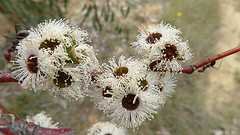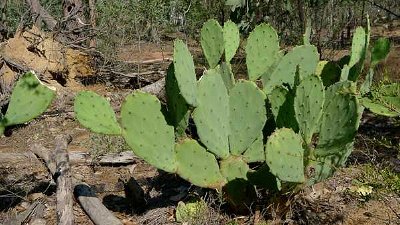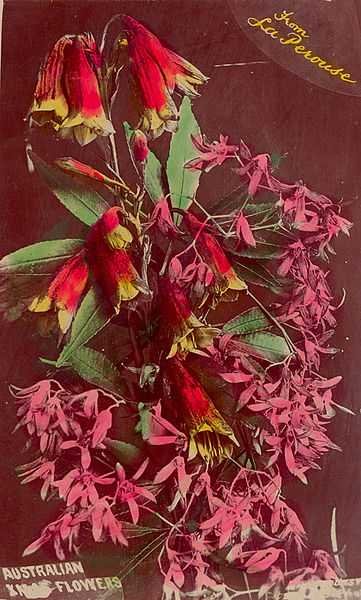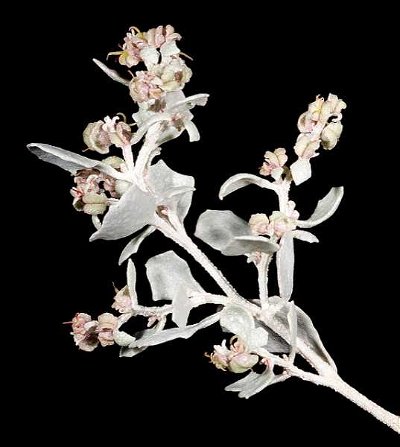 Australian has many unique plants in our lovely nation. Here are ten of these for you, and the uses to which some can be put.
Australian has many unique plants in our lovely nation. Here are ten of these for you, and the uses to which some can be put. Easier, 10 Qns, Creedy,
Jun 10 15
 Australian has many unique plants in our lovely nation. Here are ten of these for you, and the uses to which some can be put.
Australian has many unique plants in our lovely nation. Here are ten of these for you, and the uses to which some can be put.  The book of Australian xerophytes (drought-friendly plants) that I was given for Christmas provided useful information as I chose plants for my new garden.
The book of Australian xerophytes (drought-friendly plants) that I was given for Christmas provided useful information as I chose plants for my new garden.  While Australia is known for their interesting and unique animals, its plants are every bit as unique, and many are quite beautiful. While these plants may now be found in other places, all originated in Australia.
While Australia is known for their interesting and unique animals, its plants are every bit as unique, and many are quite beautiful. While these plants may now be found in other places, all originated in Australia. |
|
 Following on from my quiz "Foraging Flora" which was UK based, let us take a look down under at the flora which provides bush tucker in Australia.
Following on from my quiz "Foraging Flora" which was UK based, let us take a look down under at the flora which provides bush tucker in Australia. |
|
 = Top 5% Rated Quiz,
= Top 5% Rated Quiz,
 Top 10% Rated Quiz,
Top 10% Rated Quiz,
 Top 20% Rated Quiz,
Top 20% Rated Quiz,
 A Well Rated Quiz
A Well Rated Quiz
· All questions, answers, and quiz content on this website is copyright FunTrivia, Inc and may not be reproduced without permission. Any images from TV shows and movies are copyright their studios, and are being used under "fair use" for commentary and education.